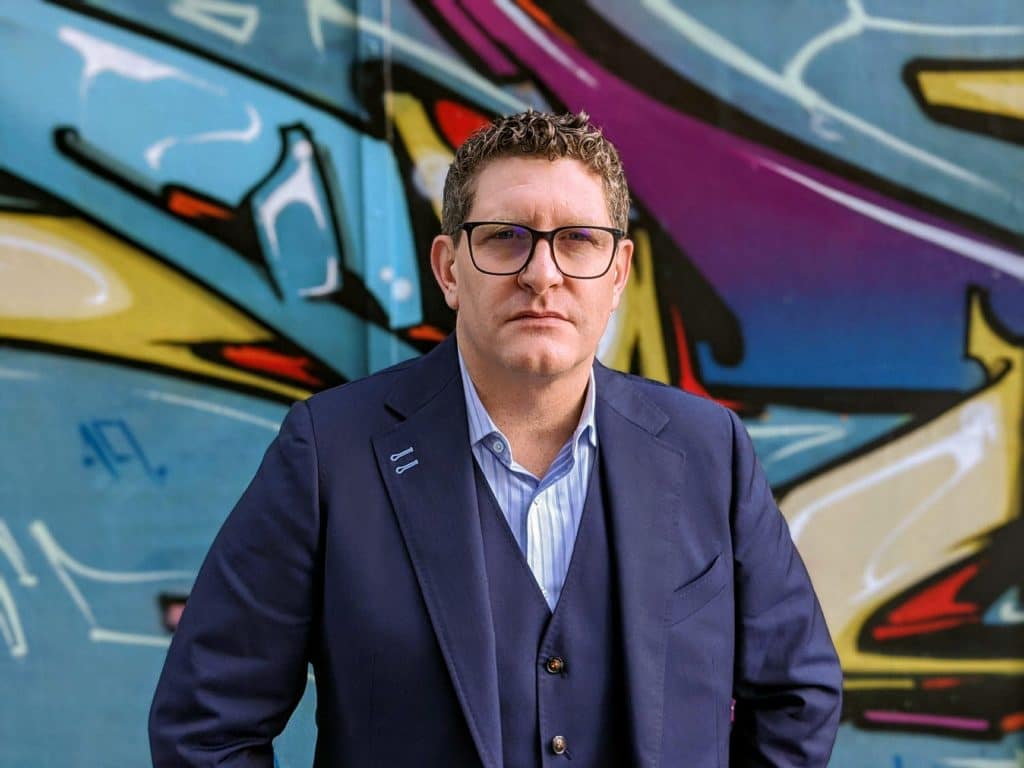
Ok. We hebben het gehaald.
2020 is in de achteruitkijkspiegel.
En natuurlijk. Voor sommige van onze klanten was het niet gemakkelijk. Veel innovatie- en inzichtsteams moesten hun langetermijnplanning op pauze zetten.
In plaats daarvan wendden ze zich tot MotivBase om beter inzicht te krijgen in culturele veranderingen op korte termijn die plaatsvinden als gevolg van Covid-19.
Maar sommige van onze grootste en beste klanten hebben hun langetermijnplanning juist versneld. En dat is te danken aan een geheimpje dat ik aan het eind van dit artikel met je zal delen.
Als mij wordt gevraagd naar een metafoor om te beschrijven wat MotivBase doet, zeg ik graag dat het een zaklamp in een donkere kamer is. We gebruiken AI om de betekenissen te bestuderen die consumenten verbinden en associëren met dingen in de cultuur.
Door deze betekenis in kaart te brengen, kunnen we licht werpen op de grootste kansen. Want betekenissen onthullen gezonde langetermijntrends.
De uitdaging met Covid-19 is dat veel bedrijven zo bang werden van wat er gebeurde, dat ze de zaklamp helemaal lieten vallen. In plaats daarvan gingen ze zich richten op reactionaire initiatieven om kortetermijnveranderingen in het consumentengedrag tegen te gaan.
Kijk. We snappen het. Het was een gek jaar en ik hoop dat ik het woord "ongekend" nooit meer hoef te gebruiken.
Maar de bedrijven die het de komende 3 tot 5 jaar goed zullen doen, zijn de bedrijven die nooit zijn gestopt met kijken naar wat de toekomst in petto had. Of ze hebben even gepauzeerd maar kijken nu terug naar de toekomst (wacht even... dat is de naam van dit artikel!) om dienovereenkomstig te plannen.
Afgelopen juni versterkte Harvard Business Review deze boodschap al. In hun artikel "Why Now Is The Time for "Open Innovation" noemen Linus Dahlander en Martin Wallin een aantal manieren waarop bedrijven voordeel zouden moeten halen uit onze huidige situatie.
Deze toekomstgerichte aanpak is belangrijk, want oplossingen voor 2021 zijn niet genoeg. Klanten hebben behoefte aan duurzame innovaties die de tand des tijds kunnen doorstaan. Ze hebben ook hulp nodig bij het begrijpen van de ideale tijdlijn voor het lanceren van nieuwe oplossingen en renovaties voor enkele van hun grootste merken.
Ze moeten weten waar de cultuur naartoe gaat.
Maar hoe doe je dat als er nog zoveel onzekerheid is? Veel organisaties hebben het gevoel dat ze vastzitten en worstelen om te begrijpen of iets slechts een kortstondige bliep is die is gecreëerd door Covid-19 versus een cruciale, waardevolle en betekenisvolle gezonde trend op de lange termijn?
Dus wat doe je? Weet je nog dat geheim dat ik je beloofde?
Je identificeert trends die al vóór Covid groeiden. En idealiter meet je om te zien of Covid-19 deze trends heeft versneld.
Je meet de betekenissen die de consumentencultuur vormgeven, om uit te vinden waar Covid-19 heeft gewerkt als gas dat over het vuur wordt gegoten. Want het vuur brandde al voor de pandemie. De ongekende situatie heeft het vuur alleen maar aangewakkerd.
Daar is Motivbase voor ontworpen. En daarom zijn wij de zaklamp die veel inzicht- en R&D-teams in het donker hebben gezocht.
Bij MotivBase was het vanaf dag één ons doel om onze klanten te helpen voorspellen waar cultuur naartoe gaat.
Door beproefde sociaalwetenschappelijke theorieën uit de vorige eeuw te gebruiken en innovatieve manieren te vinden om big data in te zetten om ze krachtiger en relevanter te maken dan ooit tevoren, hebben we onze klanten kunnen helpen problemen op te lossen die vóór onze betrokkenheid onoplosbaar waren. En hoewel het inderdaad een model is dat kan worden gebruikt om op culturele wijze overnamedoelen te identificeren die relevanter worden voor de consument, of om consumentenbehoeften vast te stellen die bekroonde innovaties opleveren, is het ons doel om de angst weg te nemen uit enkele van de meest stressvolle aspecten van het innovatieproces. Omdat de inzichten niet alleen krachtig zijn. Ze zijn op maat en worden gemeten en geprioriteerd.
Met de mogelijkheid om terug te kijken naar waar de cultuur was vóór Covid-19, om de veranderingen in de cultuur te meten die tijdens Covid-19 hebben plaatsgevonden, zijn we in staat om beter te berekenen hoe consumenten zich na Covid-19 zullen gedragen.
Door terug te kijken naar het verleden kunnen we je helpen om je weer op de toekomst te richten.
